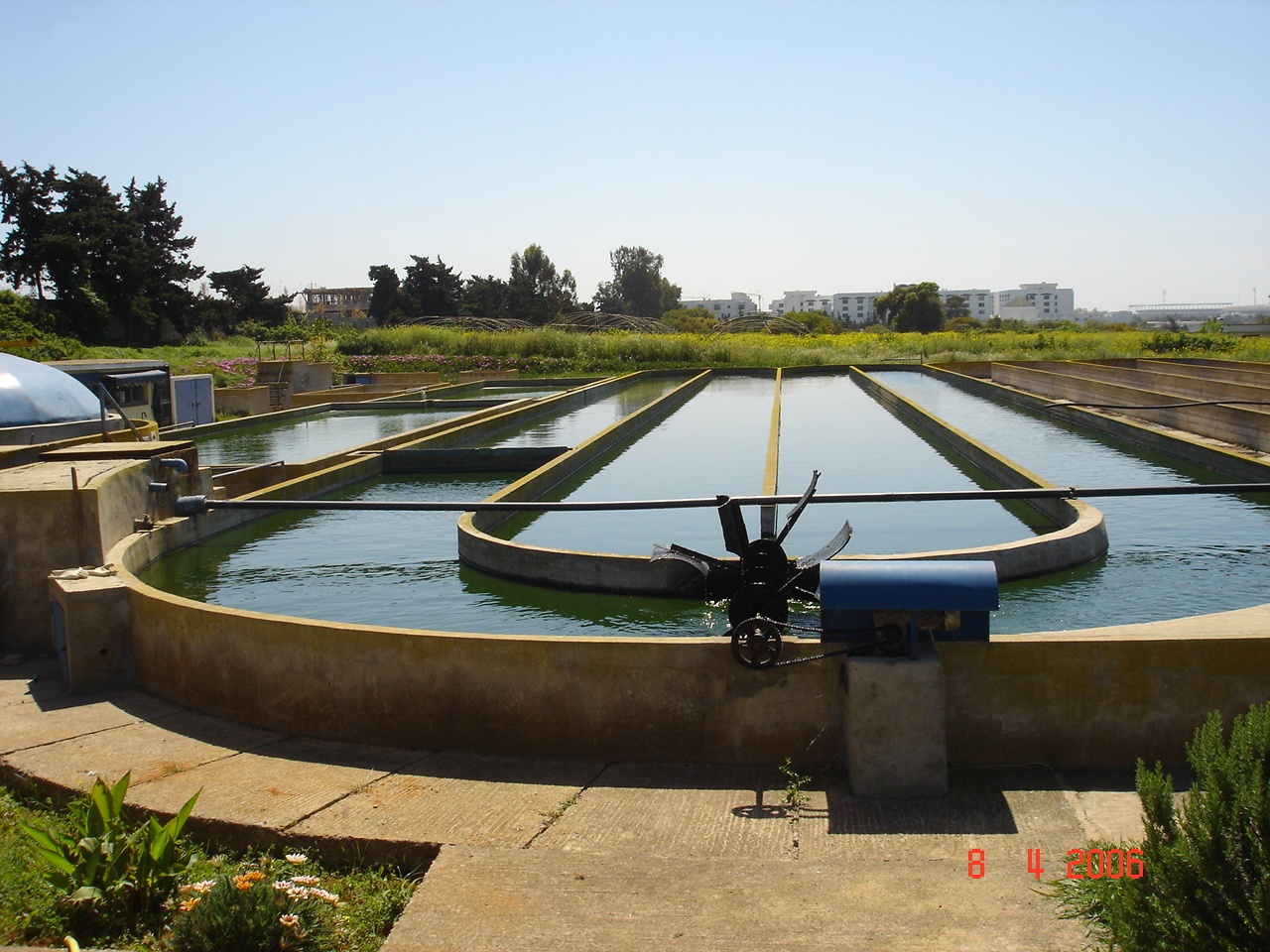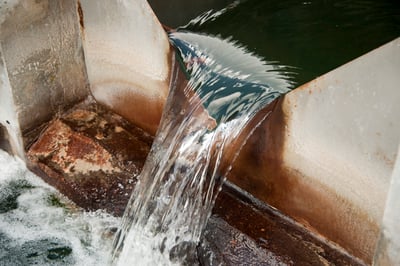
When you think of algae, you probably think of a water quality problem, not a solution. What likely comes to mind are lakes and rivers overrun with microscopic slime particles and warning signs dotting the shoreline—often the result of wastewater treatment failure. Over the past few years however, numerous organizations have started rethinking microalgae within the context of wastewater treatment. When given a closer look, the two together make quite a team.
Wastewater treatment focuses on removing pathogens, among other unhealthy contaminants. Disinfecting wastewater is a process that happens through numerous treatment stages. Most treatment efforts aim to reduce bacterial numbers to a safe level. Both physical and chemical methods can be applied, the most popular treatment being chemical chlorine for disinfection.
Effectiveness and economy are important factors when it comes to any industrial process, and wastewater treatment is no exception. Chlorine’s widespread availability and affordability, along with its excellent disinfectant properties, have long made it the go-to for many treatment plant operators. It kills disease-causing pathogens such as bacteria, viruses and protozoans, but the downside lies in chlorine’s threat to wildlife. Chlorine, even at low concentrations, is toxic to animal and plant life, and the process of dechlorination costs time and money, limiting the benefits of such an inexpensive, easy method. Additionally, chlorine is highly corrosive and requires increased safety regulations when being stored, shipped and handled. These drawbacks have lead to a resurgence of research exploring natural methods.
 Natural methods, like using microalgae cultures to treat wastewater treatment ponds, are now being pursued in the interest of environmental concern and economic efficiency. The microalgal method competes well with traditional treatments on its ability to remove nutrients, coliform bacteria and heavy metals. In fact, microalgae are such efficient absorbers that they have the power to detoxify even mine wastewater. Microalgae can also serve as an indicator of water quality, with some strains proliferating in polluted water while others thrive in unpolluted water. Finally, the byproduct of microalgal cultures, referred to as biomass, offer up a completely new opportunity for treatments plants in bioproducts which have numerous applications.
Natural methods, like using microalgae cultures to treat wastewater treatment ponds, are now being pursued in the interest of environmental concern and economic efficiency. The microalgal method competes well with traditional treatments on its ability to remove nutrients, coliform bacteria and heavy metals. In fact, microalgae are such efficient absorbers that they have the power to detoxify even mine wastewater. Microalgae can also serve as an indicator of water quality, with some strains proliferating in polluted water while others thrive in unpolluted water. Finally, the byproduct of microalgal cultures, referred to as biomass, offer up a completely new opportunity for treatments plants in bioproducts which have numerous applications.
Unfortunately, many wastewater treatment plants employing the microalgal method do not capitalize on microalgae harvesting. They simply allow the biomass to decompose on the pond floor where it releases methane and degrades water quality. Instead, treatment plants could be using the biomass for methane capture, composting, liquid fuel production, animal feed, aquaculture, or the production of chemicals. Any of these possible uses would benefit the environment and provide a new source of income.
Recently, The International Water Association published an article detailing the benefits of microalgae in wastewater treatment, and the Algae Biomass Organization (ABO) and Water Environment Federation (WEF) hosted a forum discussing the topic. Algae often gets a bad rap, but considering the importance of potable water, the issue of rampant pollution, and concerns for water quality, its potential benefit to wastewater treatment mustn’t be ignored. Given time, we can expect to see further research on and use of microalgae in wastewater treatment. Efforts to implement microalgae processes into the wastewater treatment process can be costly. Finding alternative funding methods may be a route your operation wants to consider. Learn more about public and private grants available to wastewater operations, check out Envirosight's guide to water and wastewater system grant opportunities!
https://www.ncbi.nlm.nih.gov/pmc/articles/PMC4052567/
http://www.iwa-network.org/microalgae-sustainable-alternative-wastewater-treatment/
https://www3.epa.gov/npdes/pubs/chlo.pdf
https://www.flickr.com/photos/gtzecosan/15328217536/ (SuSanA Secretariat)
http://www.hurlburt.af.mil/News/Article-Display/Article/204660/wastewater-proves-to-not-be-a-waste/

